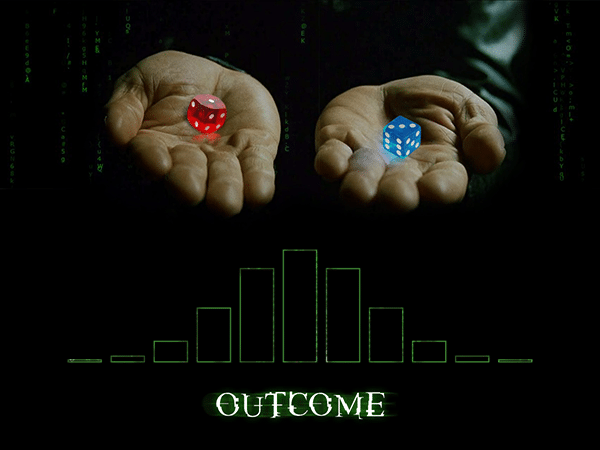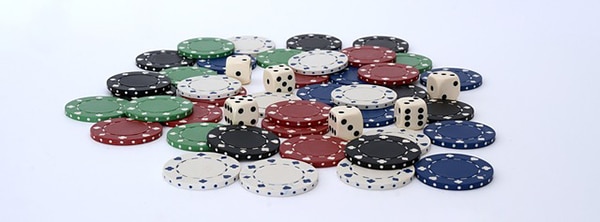
Hi, everyone! And welcome to my post about the binomial distribution! Just like the Bernoulli distribution, this is one of the most commonly used and important discrete probability distributions.
This post is part of my series on discrete probability distributions.
[Read more…]



 Throughout history, we have come up with better and more accurate ways to measure physical quantities like time, length, mass, and temperature. This has been crucial for our scientific and technological development.
Throughout history, we have come up with better and more accurate ways to measure physical quantities like time, length, mass, and temperature. This has been crucial for our scientific and technological development.